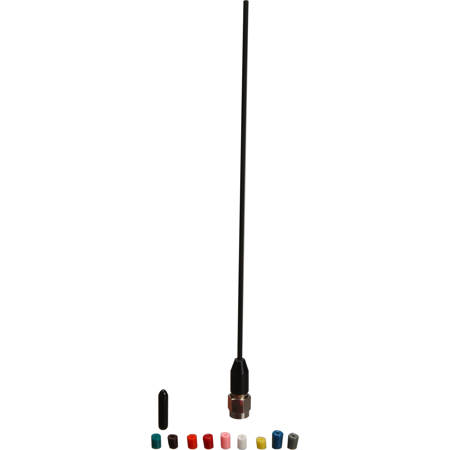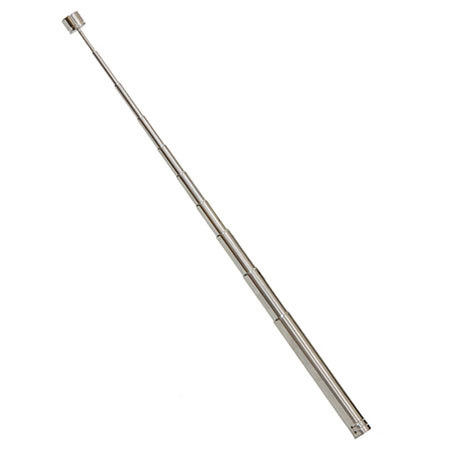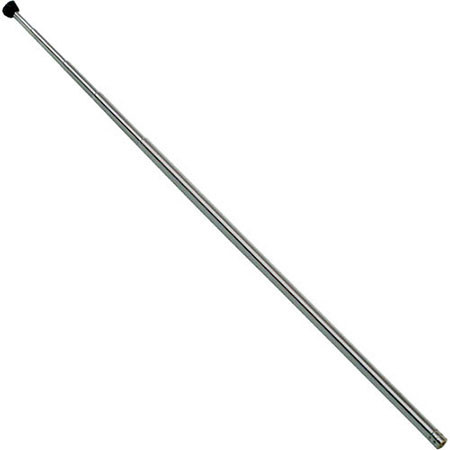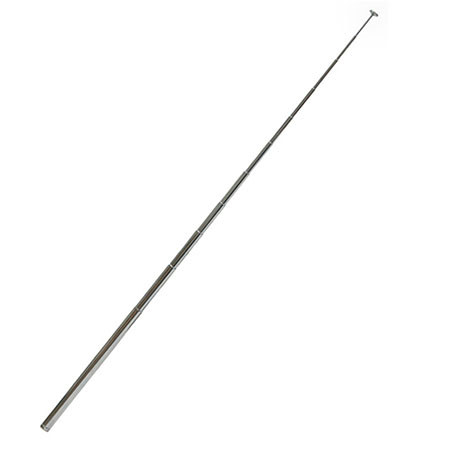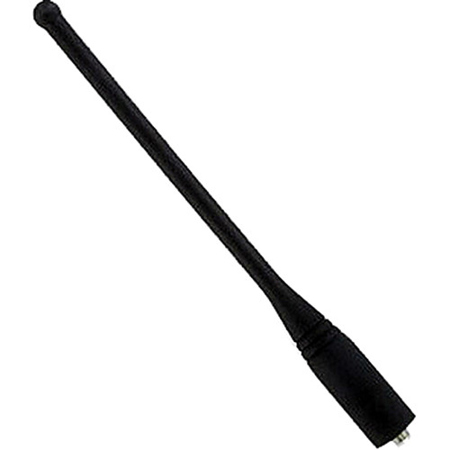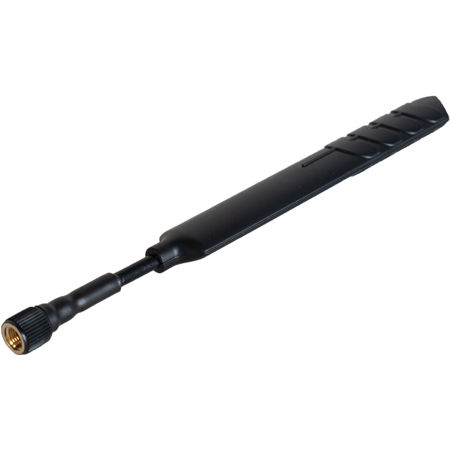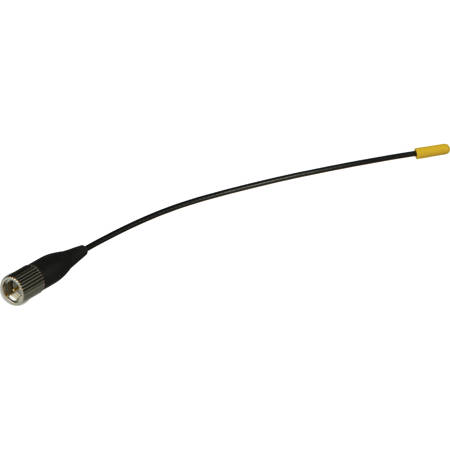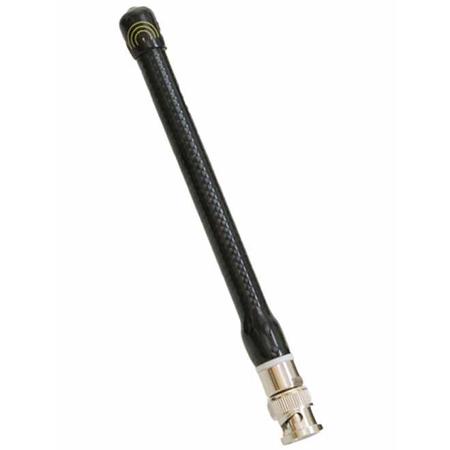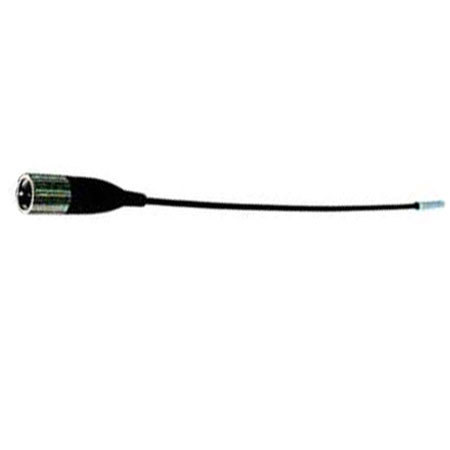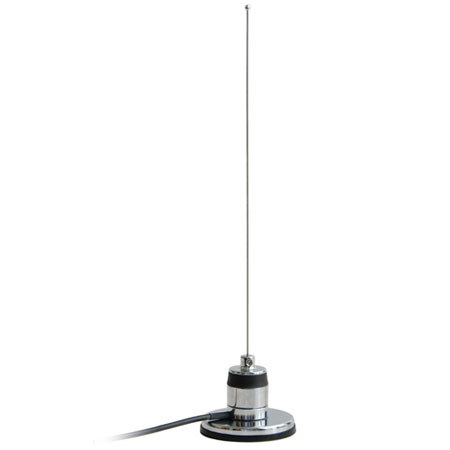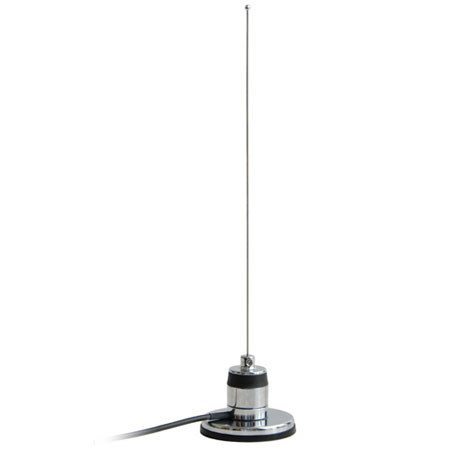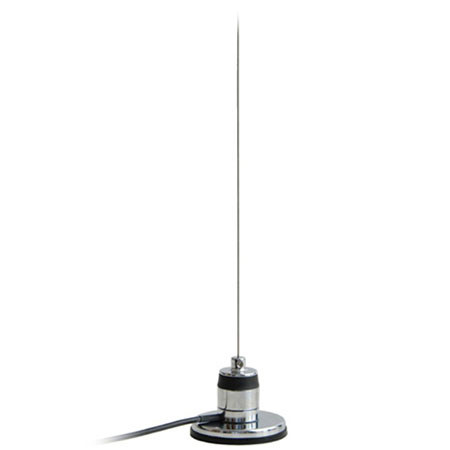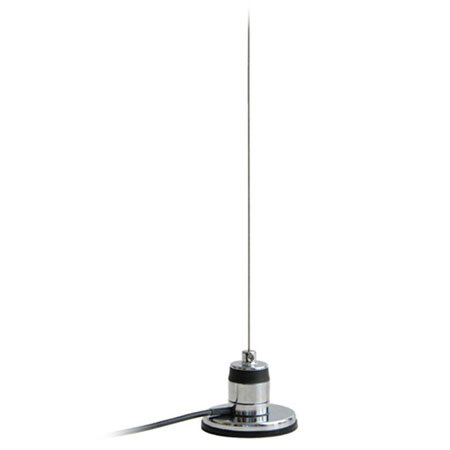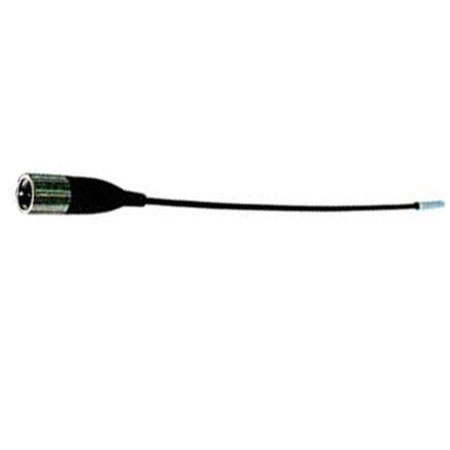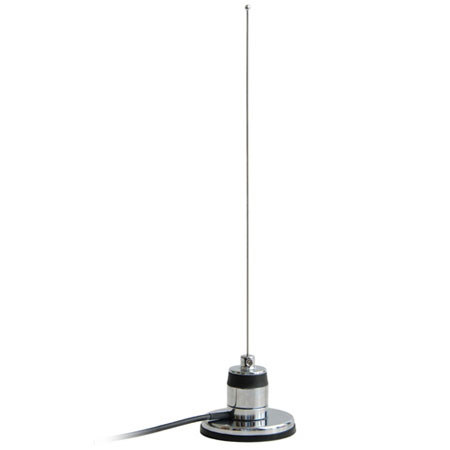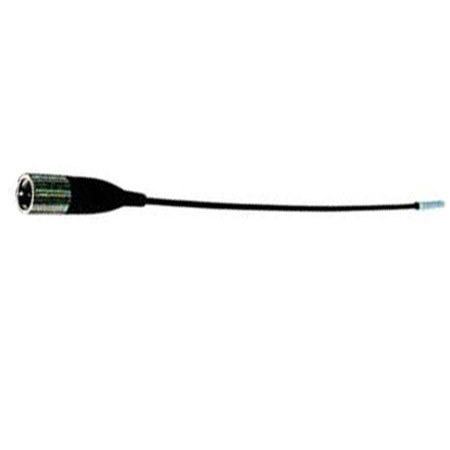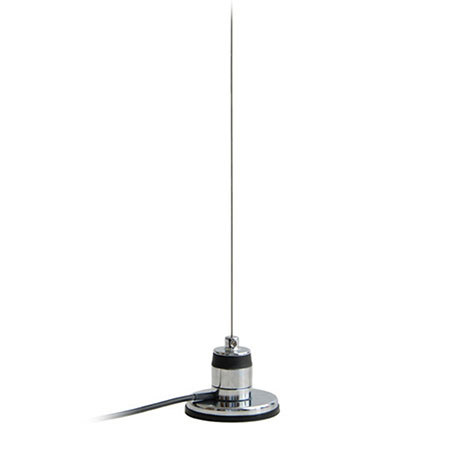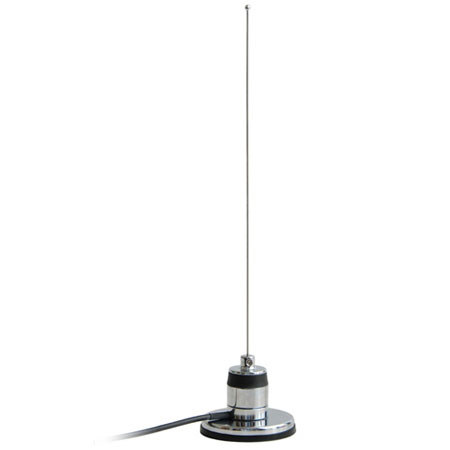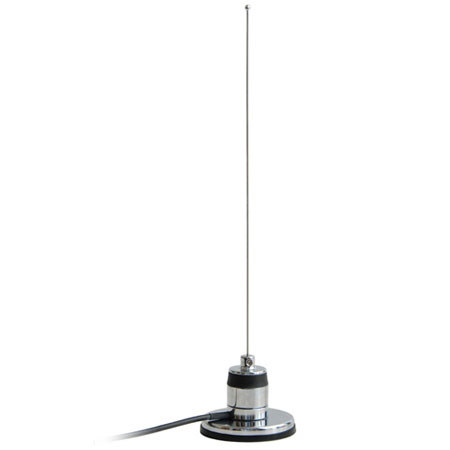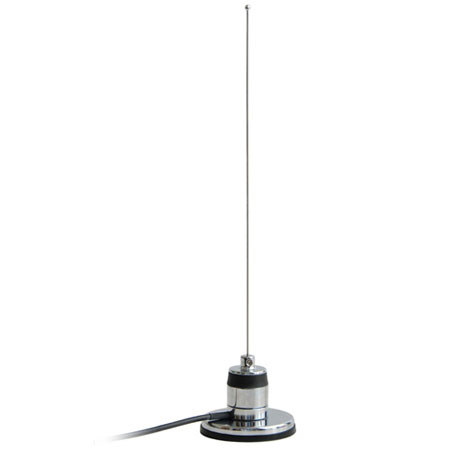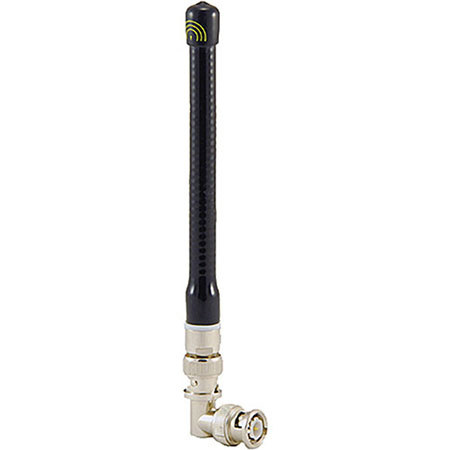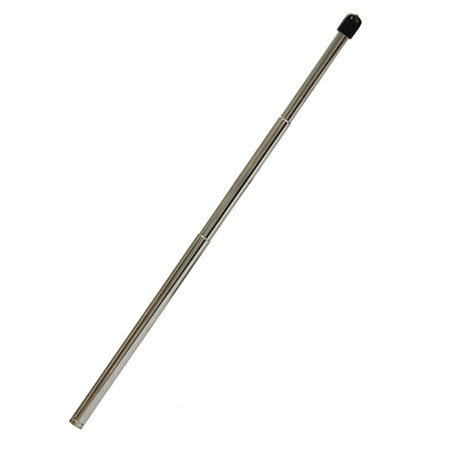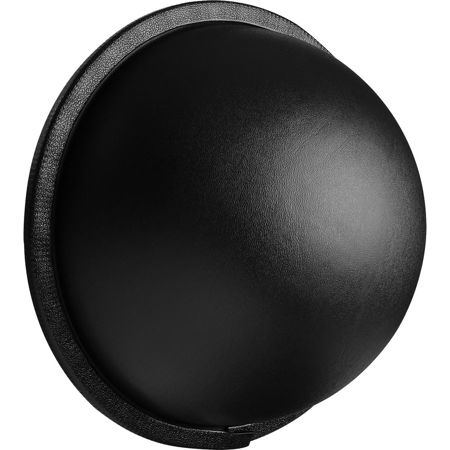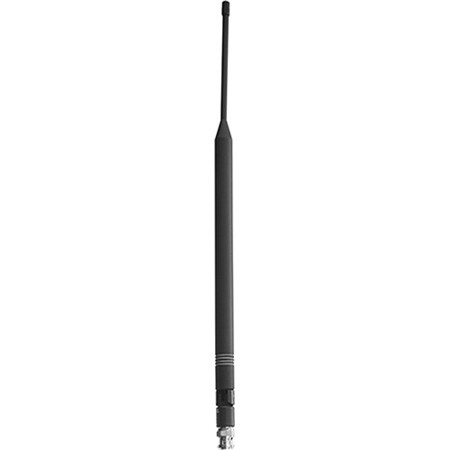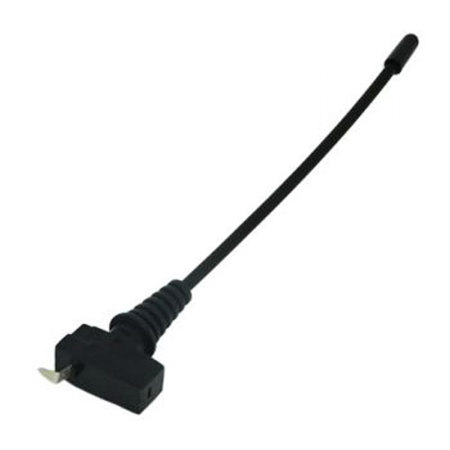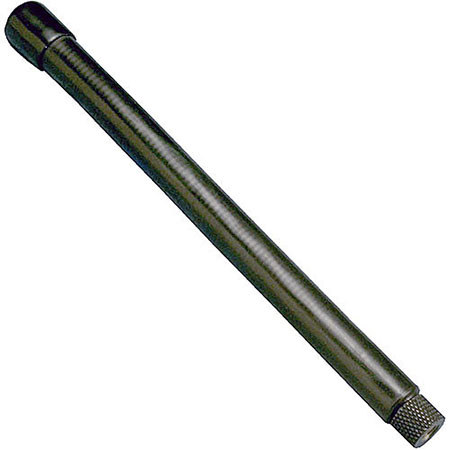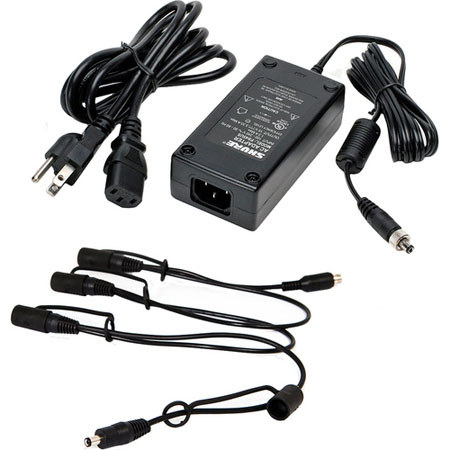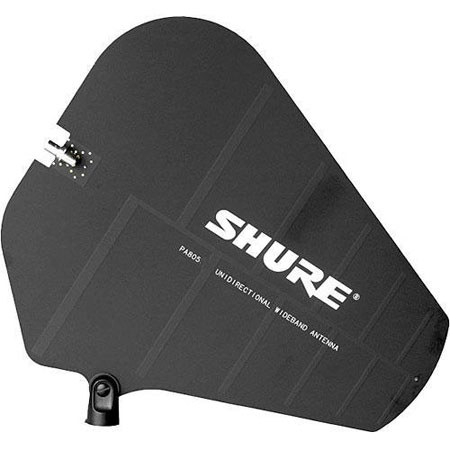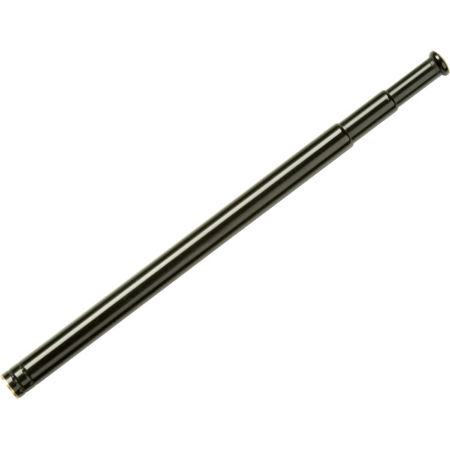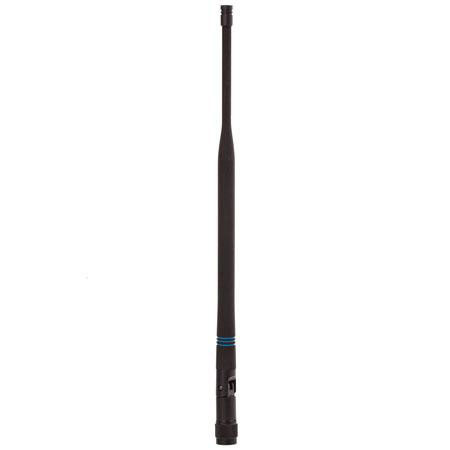Whip Antennas
Whip antennas, with their slender, flexible design, are a pivotal component in the world of wireless communication, seamlessly bridging the gap between advanced technology and practical, everyday applications. As we embrace the warm, vibrant months of June, where the air buzzes with the promise of summer adventures, the utility of whip antennas becomes particularly apparent. These antennas are commonly employed in various settings, from the bustling, high-energy environments of outdoor festivals and public events to the serene, isolated stretches of a hiking trail. For the amateur radio enthusiast, the whip antenna is a boon, capturing signals with a finesse that ensures clarity and strength, even in areas where digital noise is a formidable adversary.
For those looking to delve deeper into the realm of antennas, particularly those compatible with specific connectors like the SMA connector, exploring our collection of SMA Antennas might provide the perfect complement to your existing setup.
The versatility of whip antennas extends beyond mere hobbies; they are also integral to professional communications in sectors such as security, transportation, and event management. Picture a security team, coordinating efficiently at a large-scale music festival. Here, whip antennas attached to handheld radios ensure crisp communication, orchestrating movements and responses with precision that only reliable equipment can provide. Similarly, in the realm of transportation, drivers of public buses and private logistic fleets rely on these antennas to maintain constant communication with control centers, a critical factor for timely updates and emergency responses.
Choosing the right whip antenna involves considering several factors: the frequency range, the physical environment, and the specific communication needs. For instance, a high-frequency antenna might be ideal for a densely built-up area, where its ability to handle higher frequencies translates into better performance amidst urban signal interference. Conversely, in open, rural landscapes, a lower frequency whip antenna might suffice, offering wider coverage. The material and build quality also play crucial roles, especially for users who frequent rugged terrains or are exposed to harsh weather conditions. Durability becomes a prime concern, ensuring that the antenna can withstand not just the elements, but also the accidental bumps and scrapes that often accompany outdoor activities.
As the days stretch longer and the spirit of summer encourages more outdoor and communal activities, the importance of effective communication cannot be overstressed. Whether it's coordinating a community cleanup, setting up a local fair, or embarking on a wilderness adventure with a group, whip antennas stand as silent sentinels that ensure messages are not just sent, but also received, loud and clear. Their role in facilitating seamless interaction makes them not just tools, but trusted companions in both professional landscapes and personal escapades.
For those looking to delve deeper into the realm of antennas, particularly those compatible with specific connectors like the SMA connector, exploring our collection of SMA Antennas might provide the perfect complement to your existing setup.
The versatility of whip antennas extends beyond mere hobbies; they are also integral to professional communications in sectors such as security, transportation, and event management. Picture a security team, coordinating efficiently at a large-scale music festival. Here, whip antennas attached to handheld radios ensure crisp communication, orchestrating movements and responses with precision that only reliable equipment can provide. Similarly, in the realm of transportation, drivers of public buses and private logistic fleets rely on these antennas to maintain constant communication with control centers, a critical factor for timely updates and emergency responses.
Choosing the right whip antenna involves considering several factors: the frequency range, the physical environment, and the specific communication needs. For instance, a high-frequency antenna might be ideal for a densely built-up area, where its ability to handle higher frequencies translates into better performance amidst urban signal interference. Conversely, in open, rural landscapes, a lower frequency whip antenna might suffice, offering wider coverage. The material and build quality also play crucial roles, especially for users who frequent rugged terrains or are exposed to harsh weather conditions. Durability becomes a prime concern, ensuring that the antenna can withstand not just the elements, but also the accidental bumps and scrapes that often accompany outdoor activities.
As the days stretch longer and the spirit of summer encourages more outdoor and communal activities, the importance of effective communication cannot be overstressed. Whether it's coordinating a community cleanup, setting up a local fair, or embarking on a wilderness adventure with a group, whip antennas stand as silent sentinels that ensure messages are not just sent, but also received, loud and clear. Their role in facilitating seamless interaction makes them not just tools, but trusted companions in both professional landscapes and personal escapades.
